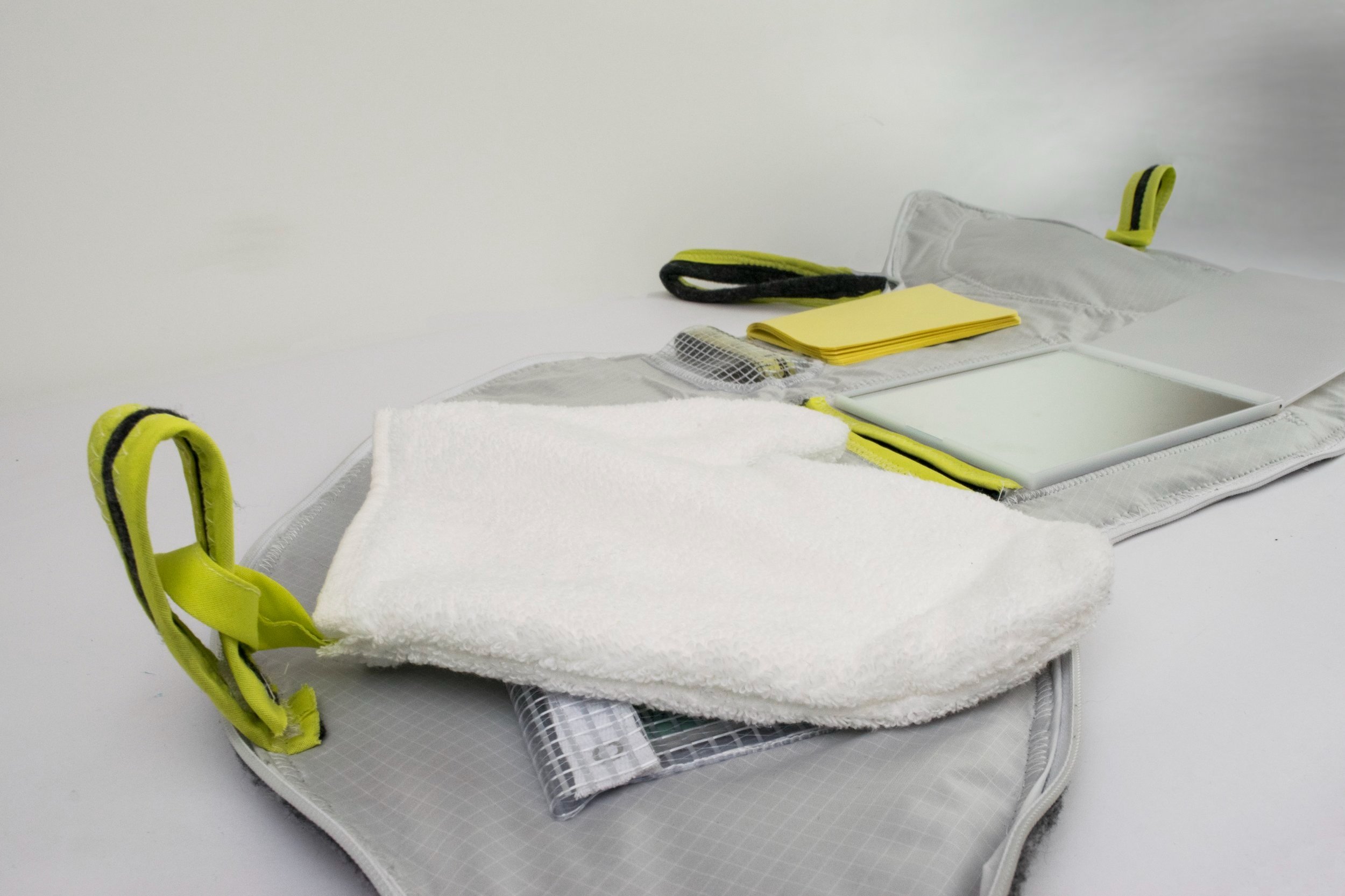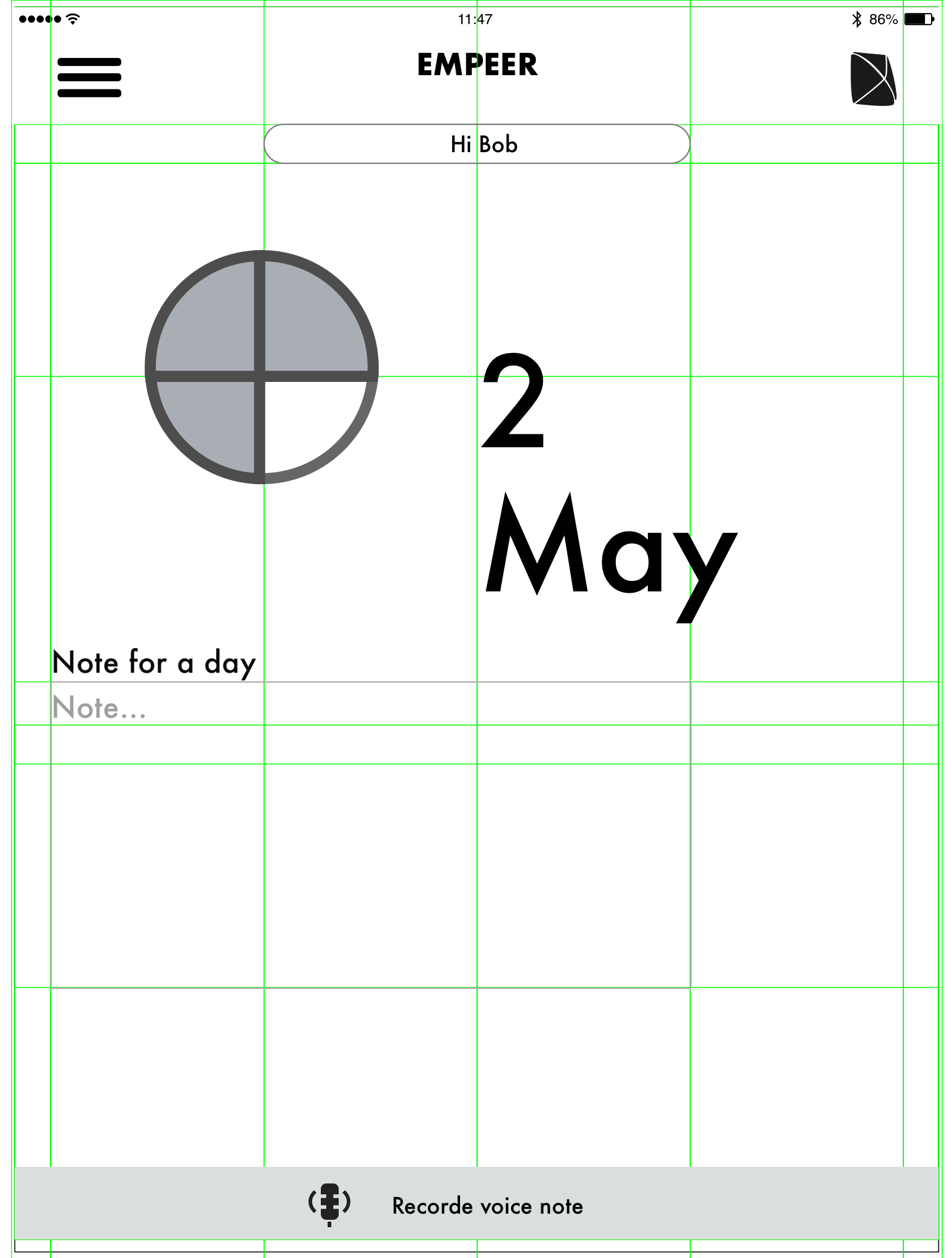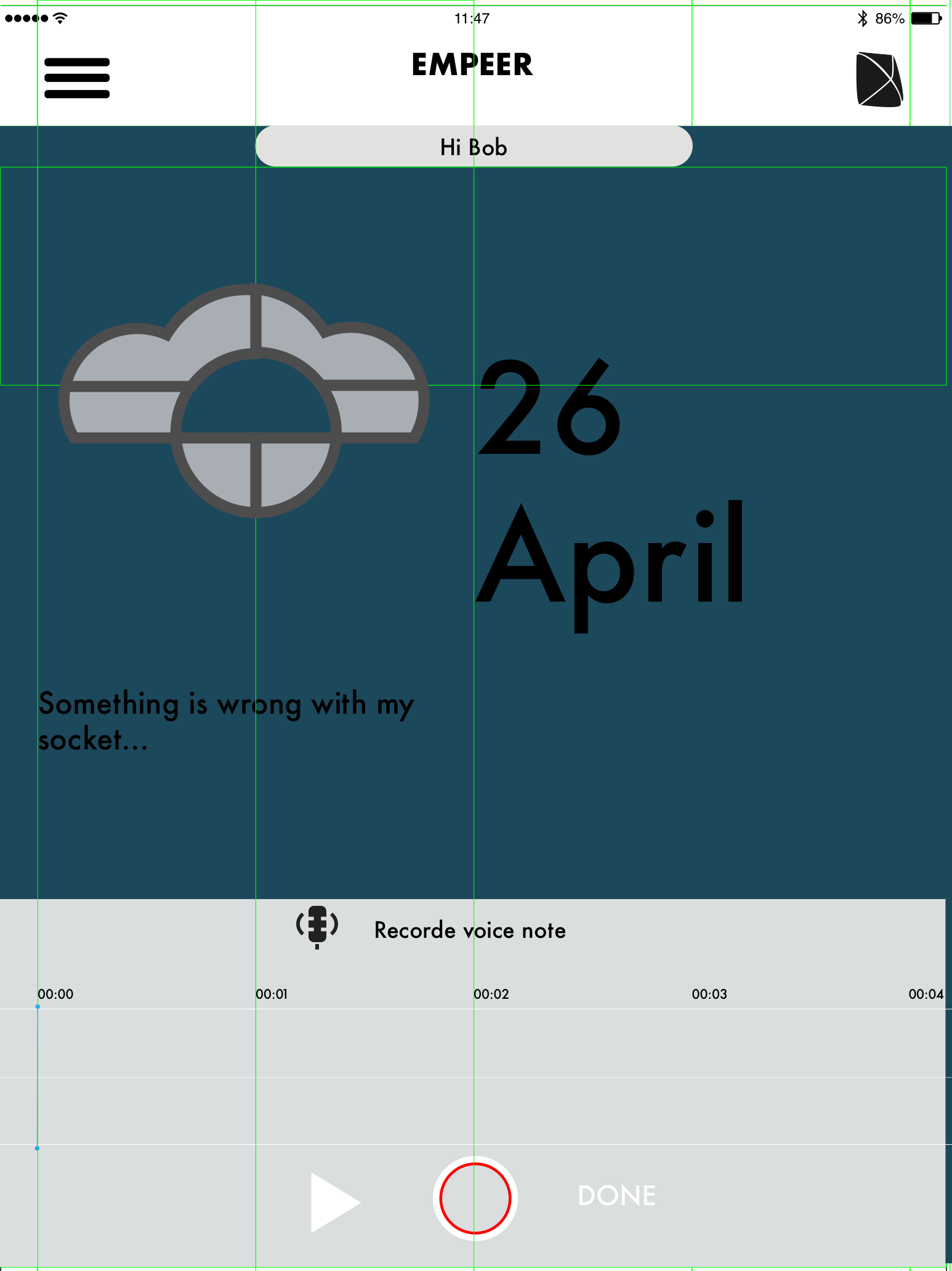Empowerment of people of all abilities
Year 2017 / Rhode Island School of Design
Master thesis
Areas of expertise:
User Research, UX/UI design, Behavioral Design, Service Design
Most utilized skills:
Interviews, Co-creation
Overview
For my master thesis, I looked at experience of people after lower limb amputations. I looked at the physical and psychological experiences. During general research I explored disability, prosthetics, body image, mobility, empowerment, trauma, grief, acceptance, self-help, biases, and identity. The process led to designing the system which facilitated empowerment and provided support.
Outcome
This work was my master's thesis at the Rhode Island School of Design (RISD).
This academic project inspired me to launch a social initiative in Poland, aimed at addressing specific community needs. I decided to stop the initiative due to the feedback I received. This experience provided invaluable lessons about the complexities of social identities and the importance of understanding the local context and community dynamics.
Currently, I am channeling my enthusiasm for design and technology into a side project focused on improving the Empeer app. This app aims to enhance peoples rehabilitation and provide valuable resources to its users. My passion for this project drives me to continually refine its features and functionality, ensuring it meets the needs of its audience. Each step in this journey builds on the lessons learned from my thesis and the social initiative, guiding me toward more effective solutions in the realm of user experience and community impact.
Process
Research methods
Secondary research
Contextual interviews
Phone interviews
Observation
Co-creation
Experiments to understand emotions and subconscious beliefs
I talked with several people with amputations, as well as physicians, prosthetists, and peer visitors from amputee support groups.
I learned that after an amputation surgery, people experience a grief that is comparable to the loss of a loved one. Historically, some people deal with grief by creating and performing rituals. That helped me defined the design opportunity and move to targeted research. I focused on learning more about healing rituals, disability definition, empowerment, grieving process, care for residual limb, and behaviour change.
Insights
I began to understand the challenges and opportunities to facilitate empowerment. I divided my actions into four types of empowerment: control of the action, acceptance of one’s current state, elimination of social biases, and access to resources.
I address these four areas of empowerment through the design of a system of support that contains important resources and a care tool-kit. The kit is embedded with tools for healing rituals that help an individual gain acceptance when dealing with grief. In the Declaration I communicate that disability happens between human and environment — which can be physical or social. In addition it is necessary to initiate social change by promoting a new outlook in society as we all have various abilities and we all are #variable. Empowerment of people of all abilities is focusing on embracing atypical strengths and to alter the perception of disability. The goal is to promote accessibility and design for people of all abilities. Good design should take into account diverse audiences. If you design for those for whom the activity is difficult and make it easy, you design well for everyone.
Current transition
Transition with proactive system
Tool kit
Despite having three dimensional form; toolkit unzips to a flat mat that contain organized tools in a functional order, provides a working surface, and encourages keeping a self-report journal, which can either be a notebook, voice recording or Empeer app platform entry. Tools are designed to serve the purpose of building a better relationship with their own body. A towel in the form of a mitten adds a layer of intimacy into drying the residual limb along with providing a safe and easy tool to desensitize post amputation wounds. The form of the kit, intentionally does not resembles medical equipment, to avoid looking stigmatizing.






